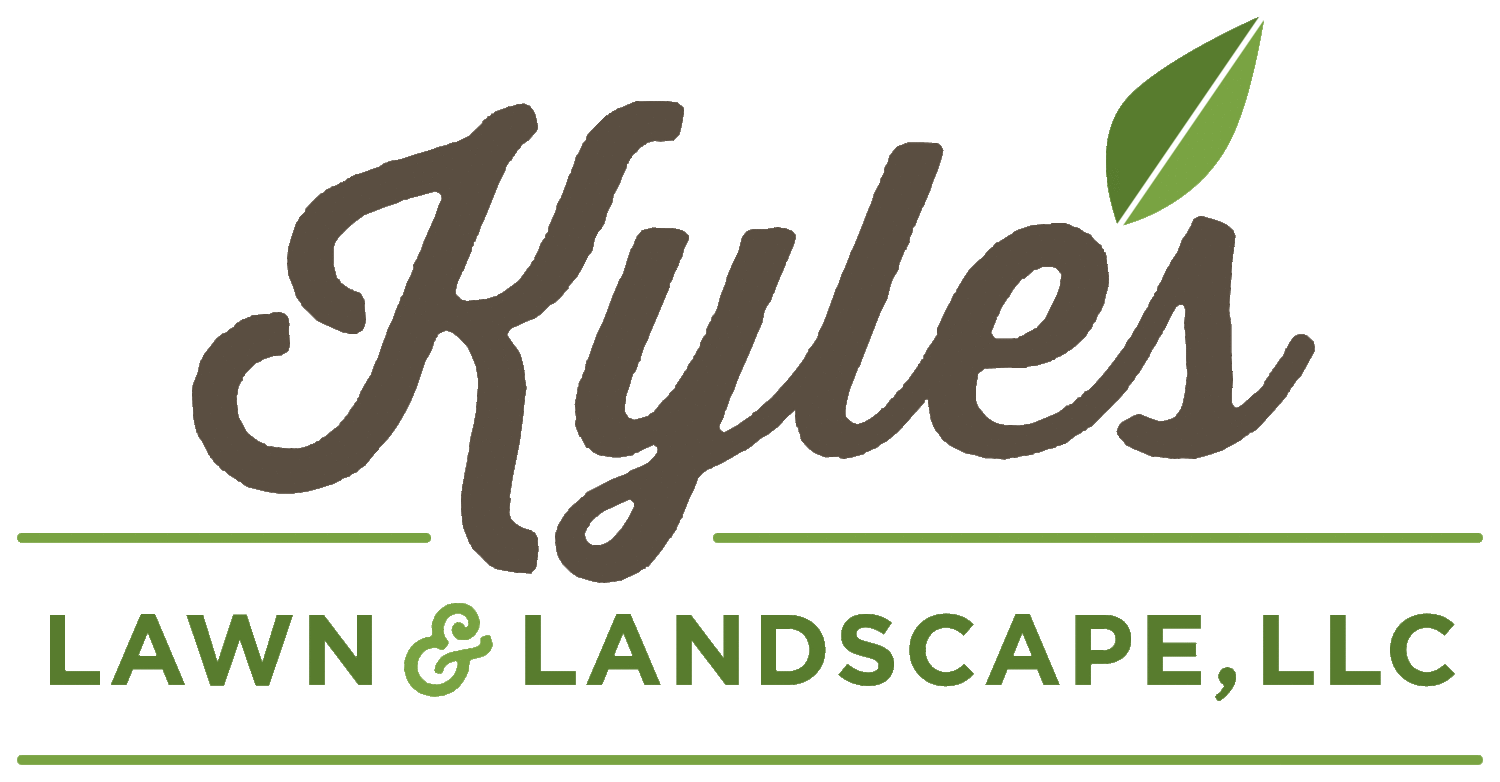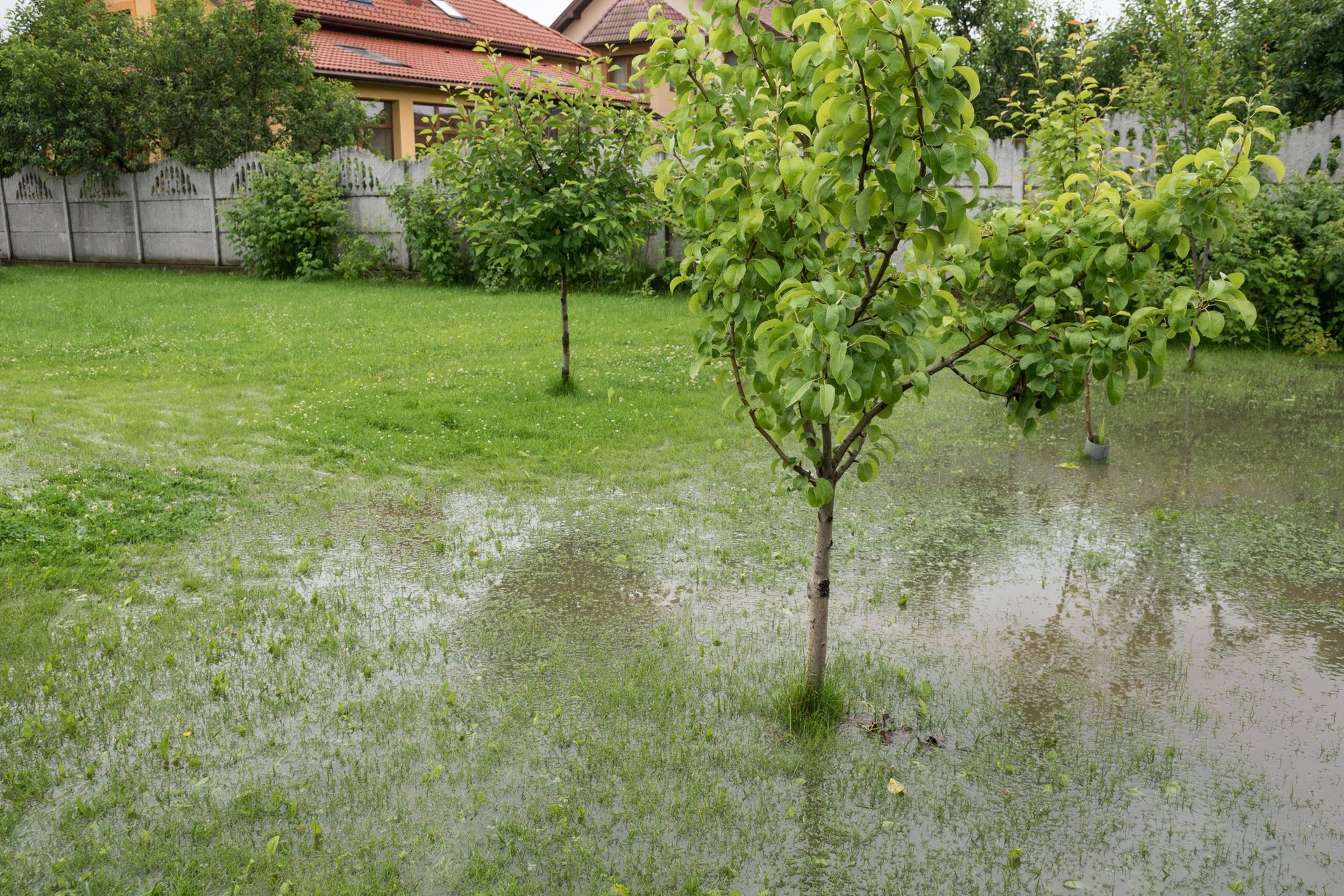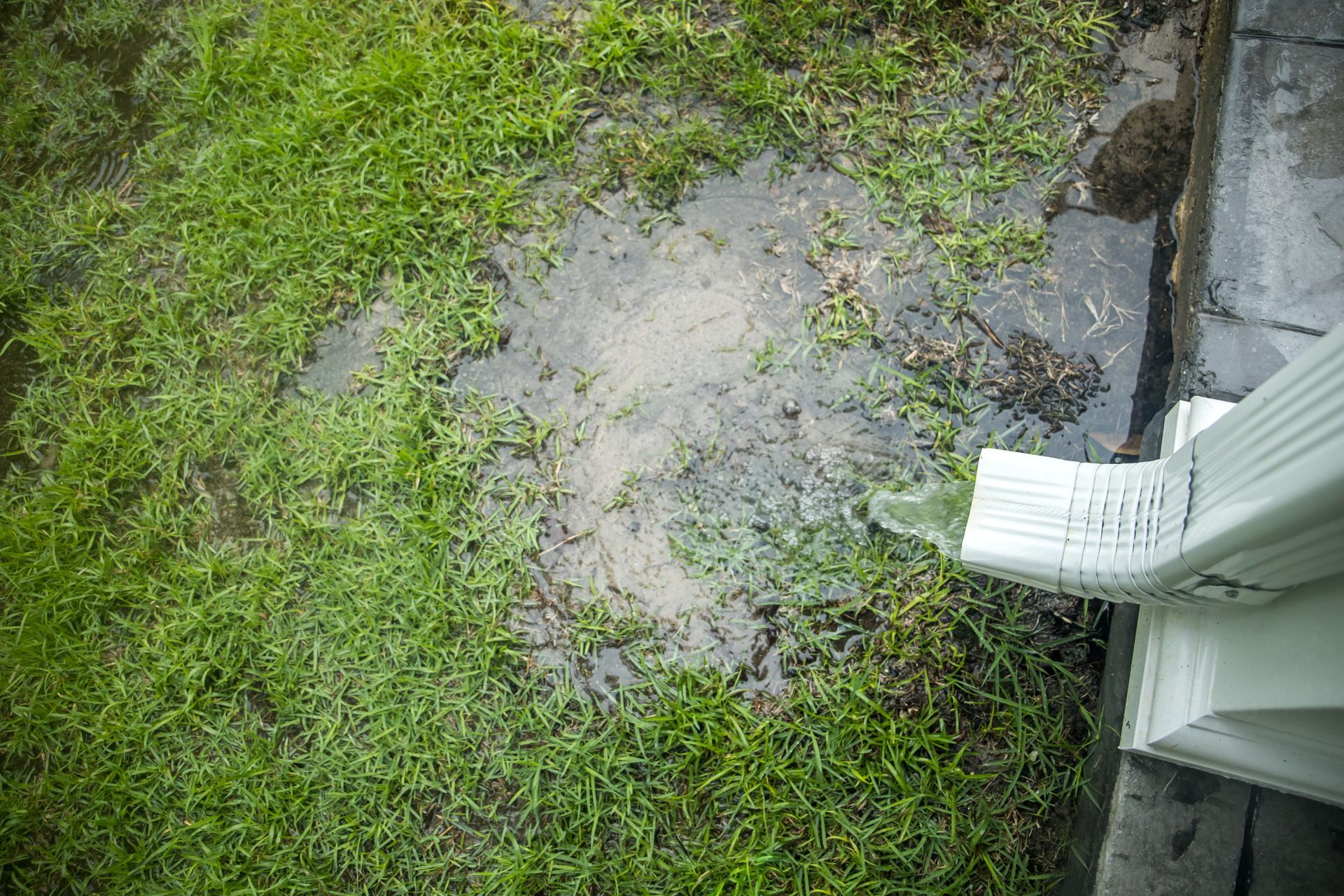Drainage Solutions for Baton Rouge Lawns
It’s no secret that Louisiana is known for abundant amounts of rainfall through out all seasons of the year. Subtropical climates can see significant downpours of rain in a short amount of time. On top of that, we’re a coastal state that sits at or below sea level, resulting in potential floods and hurricanes. Having the proper drainage system in place for your yard can not only keep your landscaping healthy but can also protect your home from damage due to high water events.
What types of drainage systems are available for my yard?
There are several options to choose from when it comes to drainage systems. Not every choice is suitable for every property, so it is essential to consult with Baton Rouge lawn professionals to ensure that you are getting the proper system installed. Types of drainage options are:
- Grading/Swales – This type of drainage is generally done when existing land or turf spaces have settled, or the flow of the property has been changed for various reasons. Grading levels the land and slopes it to draw rainwater away from your home, patio, pool or other structures. Swales are shallow ditches cut to force water into a central area but are shallow enough to blend with the yard space and be easily serviceable.
- French Drains – Also known as seepage drains or trench drains, a French drain is composed of perforated pipe installed in a gravel-filled trench which allows water to seep into the pipe from all areas down a long run of distance. These drains will function long after a rain event, sometimes days after, as excessive ground water percolates through and into the system. Its not uncommon for French drains to continually flow or drip water for weeks straight during the winter or during months of constant daily rain fall.
- Retaining Walls – Built with pavers or other stones, retaining walls slow water flow by putting a solid barrier between a slope and the water and can redirect the water into a drainage system.
- Sump Pump System – Sump pumps are installed underground in a basin where mechanical action is needed to pump the water uphill then back down to a lower spot. Connected to the sump basin will be a series of drainage pipes that allow for water to flow into basin. Once the basin fills with water, it will raise a float switch which turns the pump on ands pump the water away from your home.
- Drain system with Catch Basins - A catch basin is a grated box in your yard that catches rain or excess water and leads it through connecting pipes, usually out to a common drainage way or out to the street. These can be installed under gutter downspouts to help screen leaves and debris but allow water to enter and run below ground through a drainage system.
- Rain Garden – Rain gardens are a relatively new concept to the landscaping industry and are becoming more and more popular as urbanization continues to remove natural drainage sources such as woods and ditches. A well-planted rain garden is an area where surface water or piped water is allowed to flow through the planted area to promote natural absorption via plants and soil substrate. Essentially, it creates an area where wet tolerant plant material thrive due to the constant supply of water being diverted from hardscaped or turfed areas without adding run off into overly full drainage ways.
Why are drainage systems important?
As populations continue to expand and more and more neighborhoods are built, the natural areas that once absorbed most of the regular rain fall is no longer there. Instead, it falls on roofs, driveways, patios and streets where it can not be absorbed and therefor runs off as gravity sees fit. In most cases, houses are built on a clay pad to reduce settling long term under the foundation, but clay is not porous and water will run along the top of it subsurface. Over time, that water will destabilize the top organic layer of soil and erosion (especially on a sloped space) will become more and more prevalent to the point of losing usable yard/landscape space. Another major issue caused by standing water or too much soil saturation is plant/turf health decline. Unless they are truly aquatic plants/grasses, most plants and turf grasses will not tolerate having their root systems inundated with water for extended periods of time which will always lead to much larger issues developing. In the landscape, beds that stay too wet from improper drainage will often suffer from root rot leading to plant health issues and usually death of the plants within that area. In the turf, this can lead to uncontrolled weed growth that drowns out the good grass or increased fungal activity such as Brown Patch or Take All fungus infections. Is your yard staying sloppy, muddy, and unusable for days after a rain event? Properly installed drainage will ensure that the yard dries out quickly and the grass stays healthy no matter the conditions.
Investing in a professional drainage system for your lawn and landscaping will not only keep your yard healthy but will provide peace of mind for the overall structure of your home. Contact the experts at Kyle’s Lawn & Landscaping today to request an estimate on installing a drainage system for your yard.
You might also like
Office Hours
- Mon - Fri
- -
- Sat - Sun
- Appointment Only
- Mon - Fri
- -
- Sat - Sun
- Appointment Only
Kyle's Lawn & Landscape, LLC
All rights reserved





